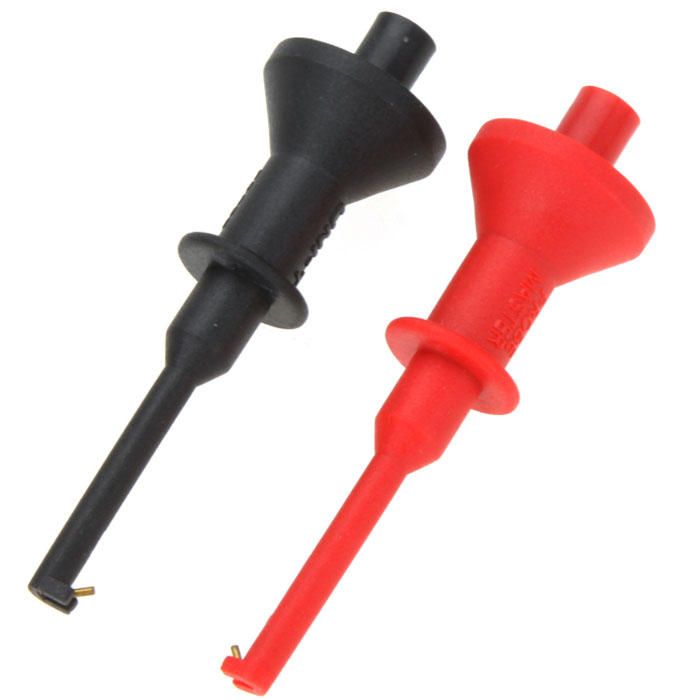Hi all:
I have a Furman PQ6, stereo version of the PQ3 and can find no schematic anywhere. So I am attempting repair without.
The problem is the output is heavily distorted. Even with the eq switched out, the signal is still the same using a signal generator and scope.
There are 9ea LM353 op amps on each of the 2 boards which are identical.
I follow the input to the board and almost immediately the sine wave becomes unrecognizable.
From the point of entry on the board, the trace goes to a 2.2K resistor, and on the other side of the resistor goes to 2 different diodes.
The waveform is ok on the primary side of the resistor, and sharply distorted on the other where the diodes are.
If I lift one end of the diodes, the waveform becomes normal on the secondary side of the resistor.
This circuit goes to the 1st op amp on pin 2. The op amps are socketed and removing them has no effect except to interrupt the output.
My question is: I should see a nice sine wave at different levels throughout the circuit, correct?
And especially that early on in the circuit?
I have a Furman PQ6, stereo version of the PQ3 and can find no schematic anywhere. So I am attempting repair without.
The problem is the output is heavily distorted. Even with the eq switched out, the signal is still the same using a signal generator and scope.
There are 9ea LM353 op amps on each of the 2 boards which are identical.
I follow the input to the board and almost immediately the sine wave becomes unrecognizable.
From the point of entry on the board, the trace goes to a 2.2K resistor, and on the other side of the resistor goes to 2 different diodes.
The waveform is ok on the primary side of the resistor, and sharply distorted on the other where the diodes are.
If I lift one end of the diodes, the waveform becomes normal on the secondary side of the resistor.
This circuit goes to the 1st op amp on pin 2. The op amps are socketed and removing them has no effect except to interrupt the output.
My question is: I should see a nice sine wave at different levels throughout the circuit, correct?
And especially that early on in the circuit?
 ) Diodes D101/102 are across A101a Op Amp inputs so they will not clip even with input signal 600mV peak , as long as said Op Amp works properly and/or input signal exceeds Op Amp common mode range (think some 12/13V peak) .
) Diodes D101/102 are across A101a Op Amp inputs so they will not clip even with input signal 600mV peak , as long as said Op Amp works properly and/or input signal exceeds Op Amp common mode range (think some 12/13V peak) .

Comment